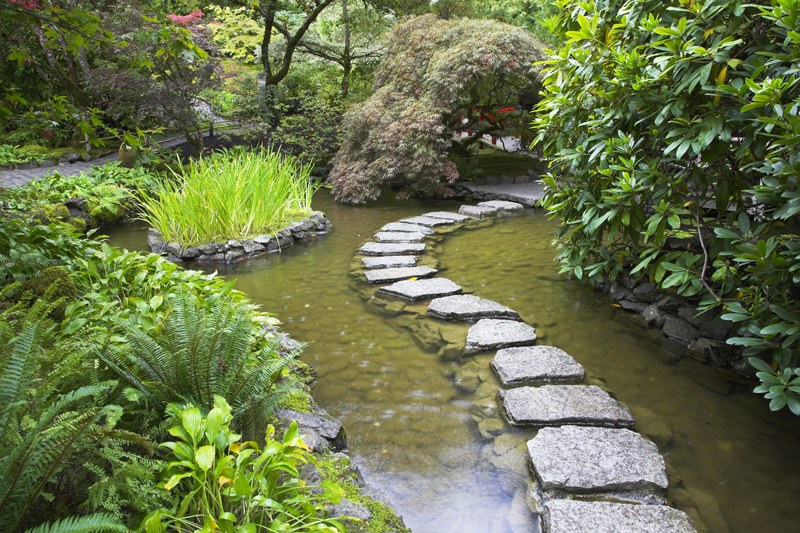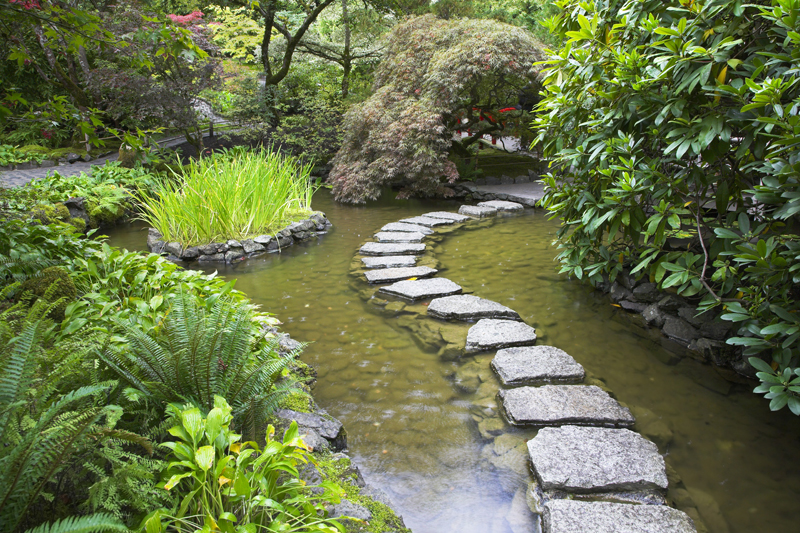Flowering Onions for Pollinator Gardens

Ornamental onions are a great choice for pollinator gardens. Here are details on a couple of those.
One of the recommended ornamental onions is Allium aflatuense. This species is native to Asia, especially China. A member of the lily family, it is hardy to zone 5.
This flowering onion reaches two to 2 ½ feet in height. It features a rosette of strap-like foliage that is up to four inches across. The leaves can reach two feet in length.
This plant is a great source of nectar and also provides pollinators with pollen.
The blooms form globe-like umbels that are up to four inches wide. These flowers appear in May at the ends of the flower spikes.
The blossoms are lilac-purple. These can be used as a cut flower and are also dried as everlastings. These are especially popular in winter floral designs.
Nodding Onion
Nodding onion (Allium cernum) is native to North America. It is very hardy—to zones two and three.
This ornamental onion can be two feet in height. It features narrow leaves that are up to a foot in length.
Nodding onion blooms in June and July. The pendant blooms form globe-like heads for about two weeks or so.
However, this species has been known to continue blooming into October in some cases. These flowers range from white or dark pink to rose.
The blossoms are an especially rich source of nectar and pollen.
This native can be found in the Midwest where it thrives in full sun in dry soils. These bulbs are considered edible. However, they should be parboiled before being consumed.
Giant garlic is also called giant onion. It is hardy to zone 5 and is native to Asia and Europe.
Up to four feet or so in height, this is a very large plant by the time it begins blooming. The strap-like, greenish-blue to blue-green leaves are up to 1 ½ feet in length and two inches across.
The blossoms form large dense, rounded clusters that are up to six inches across. These appear in late spring and summer, usually from June into August.
The giant ball-like, crowded heads are dense. The flowers can be vivid blue, purplish-pink, or violet-blue. These blossoms make a great everlasting. They are also an excellent cut flower. Flowering lasts for 2 ½ weeks or so.
These flowers are an especially good source of nectar and pollen for pollinators.
Space these bulbs eight to ten inches apart in the garden.
One of the recommended ornamental onions is Allium aflatuense. This species is native to Asia, especially China. A member of the lily family, it is hardy to zone 5.
This flowering onion reaches two to 2 ½ feet in height. It features a rosette of strap-like foliage that is up to four inches across. The leaves can reach two feet in length.
This plant is a great source of nectar and also provides pollinators with pollen.
The blooms form globe-like umbels that are up to four inches wide. These flowers appear in May at the ends of the flower spikes.
The blossoms are lilac-purple. These can be used as a cut flower and are also dried as everlastings. These are especially popular in winter floral designs.
Nodding Onion
Nodding onion (Allium cernum) is native to North America. It is very hardy—to zones two and three.
This ornamental onion can be two feet in height. It features narrow leaves that are up to a foot in length.
Nodding onion blooms in June and July. The pendant blooms form globe-like heads for about two weeks or so.
However, this species has been known to continue blooming into October in some cases. These flowers range from white or dark pink to rose.
The blossoms are an especially rich source of nectar and pollen.
This native can be found in the Midwest where it thrives in full sun in dry soils. These bulbs are considered edible. However, they should be parboiled before being consumed.
Giant garlic is also called giant onion. It is hardy to zone 5 and is native to Asia and Europe.
Up to four feet or so in height, this is a very large plant by the time it begins blooming. The strap-like, greenish-blue to blue-green leaves are up to 1 ½ feet in length and two inches across.
The blossoms form large dense, rounded clusters that are up to six inches across. These appear in late spring and summer, usually from June into August.
The giant ball-like, crowded heads are dense. The flowers can be vivid blue, purplish-pink, or violet-blue. These blossoms make a great everlasting. They are also an excellent cut flower. Flowering lasts for 2 ½ weeks or so.
These flowers are an especially good source of nectar and pollen for pollinators.
Space these bulbs eight to ten inches apart in the garden.

Related Articles
Editor's Picks Articles
Top Ten Articles
Previous Features
Site Map
Content copyright © 2023 by Connie Krochmal. All rights reserved.
This content was written by Connie Krochmal. If you wish to use this content in any manner, you need written permission. Contact Connie Krochmal for details.



